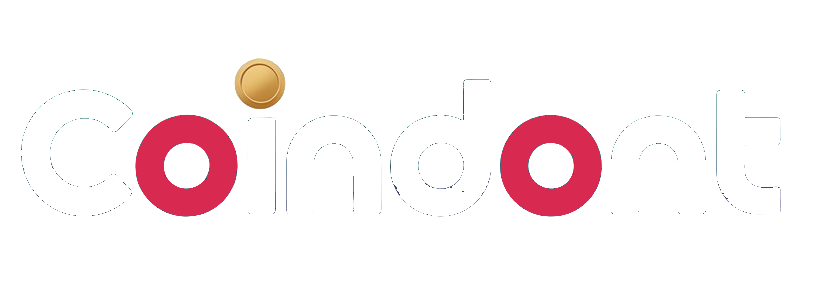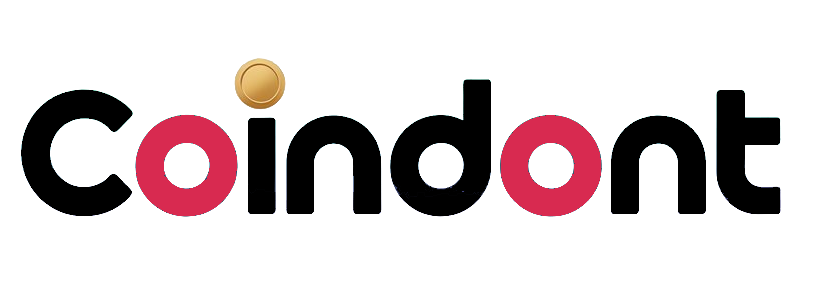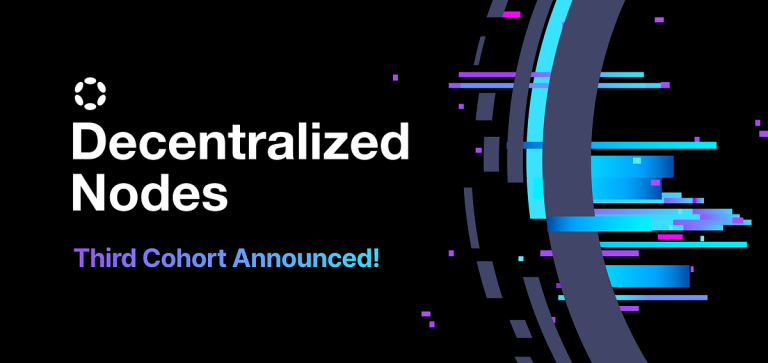On September 10, 2025 we launched the Third Cohort of the Decentralized Nodes program. A month later we look at what we achieved with this new cohort.
First off, though, the 3rd cohort was meant to launch on July 17, when the previous cohort ended. However, the plans to increase the size of the Polkadot active set necessitated that we rebalanced the stashes allocated to the program. For this reason we launched a “transitional” cohort, dubbed Cohort 2.1, with a selection of nodes participating in Cohort 2 for Polkadot and all Cohort 2 nodes for Kusama. Cohort 2.1 ran during the rebalancing process, and ended with the launch of Cohort 3.
For the third cohort we received 118 applications, mostly from returning but also new applicants. They were for 183 Polkadot nodes and 289 Kusama nodes. Even though these numbers were lower compared to Cohort 2, the quality of the applications was very high, making the selection process quite difficult. We had to select 99 Polkadot nodes and 194 Kusama nodes, which we did from 57 and 59 operators respectively. You can see all the selected nodes on the Decentralized Nodes site.
The application and selection process remained, to a very large degree, the same as in Cohort 2. We continued focusing on diversification to strengthen the decentralization and resilience of the networks. We favoured nodes that were hosted in remote and unsaturated locations, on less popular providers, or even better, were self-hosted by the operators, that featured Intel processors to improve the balance between the brands, and run on different Linux flavours. That being said, all applications were evaluated based on all the selection criteria and the final selection was based on the overall evaluation across all criteria. Special emphasis was given, as always, to the nodes’ specs, the operators’ technical expertise and their ecosystem affinity, while leaving room for new joiners.
And the results are quite satisfactory, as the following graphs show. For anyone wanting to compare, the Cohort 2 graphs can be found in this article. Obviously the more qualitative aspects of the evaluation, like the operators’ technical expertise or their involvement in the ecosystem, cannot be depicted in graphs, but we believe we’ve selected operators that are deeply involved and interested in the ecosystem, have the skills to provide high quality validation services, and the ethos to perform these duties diligently.
Polkadot
Kusama
One interesting thing to note (and yes, it is not a geolocation mistake) is that Kusama now has two nodes in China! An experiment to see if nodes can be successfully hosted in this under-represented giant.
Another thing worth displaying is the geographical distribution of all the nodes of the networks and the impact DN has on it. For this reason we mapped the nodes with and without DN. On the left are all the active nodes of the network (including DN) and on the right are only the non-DN active nodes.
Polkadot
Kusama
The impact of the program in the less popular regions, like South America, Oceania, Africa, Far East, is quite apparent, especially on Kusama, where the financial incentives of the network are not enough for operators to move to these locations, where costs are generally higher.
As with previous cohorts, the selected nodes will be nominated continuously for 4 months, giving them the peace of mind that they will be in the active set throughout this period. At the same time though, their performance and adherence to the rules is closely monitored, since we aim for a set of validators held to the highest standards of diligence and accountability.
Such a post, though, should not only exalt the virtues and achievements of the program, but also address its pain points. One of these is inclusivity. As with any process where a selection needs to be made to fill a finite number of slots, some operators were left out. This understandably can lead to disappointment and frustration. Still, good ideas and feedback came out of this. Some suggested ways in which the program can become more inclusive. Other applicants wanted to learn why their applications were rejected and how to improve them for the future, and for the first time we gave individual feedback to all who requested it. Although we don’t think this practice is sustainable, we will strive to provide more clarity on the selection criteria and evaluation process. We will also refine our internal evaluation guidelines to ensure that the evaluation is as consistent and as objective as possible, which was another concern some applicants raised.
We hear the feedback of the community and we’re always thinking of ways to improve the program with each new cohort. So, keep your eyes peeled and your ears to the ground, as the announcement for the 4th cohort is not that far away!


